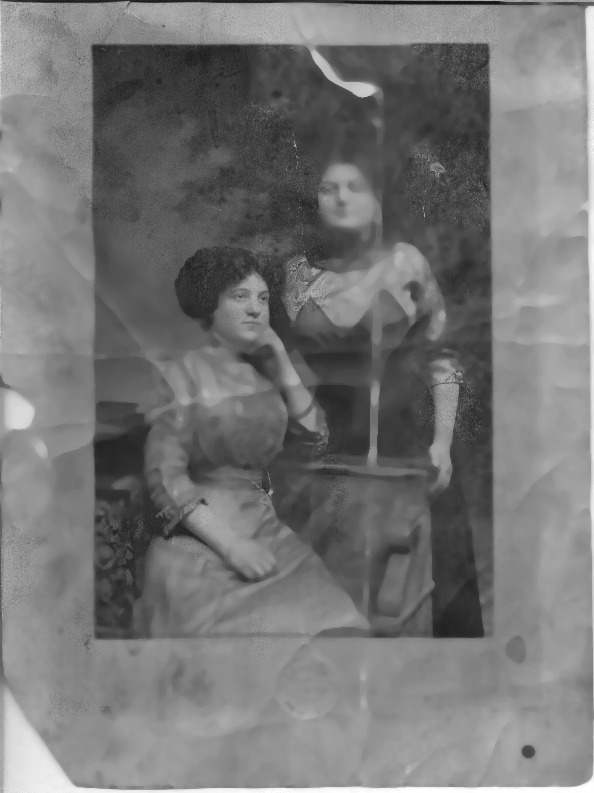I Don’t Want to Have to Hide My Yichus

Yichus. Lineage. You’re either born with it or you’re not.
In the upper echelons of frum society, yichus means a lot. It means good yeshivos. It means a good shidduch. It means good connections. It means respect, honor, admiration, and possibly inborn holiness – for being a descendant of illustrious Torah scholars or leaders. Like it’s in your blood.
Then there are those who have “no yichus.” They come from a line of simple Jews, butchers and store owners and seamstresses. But their ancestors more or less were observant, keeping the chain intact whether it was in the shtetl or in the Goldeneh Medinah. For them, too, their lineage is indeed worthy of the title “yichus.”








